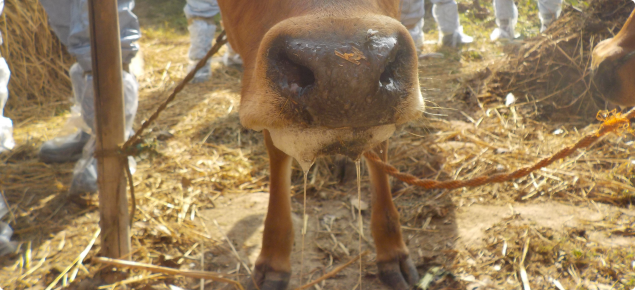Category Archives: WHAT?
117.WHAT’S THE DIFFERENCE BETWEEN A TURTLE AND A TORTOISE?
Turtles, tortoises, and terrapins all belong to a group of four-legged reptiles that have hard outer shells, scaly skins, and horny beaks. Most people use the three words—turtle, tortoise, and terrapin—interchangeably. Scientists, however, sometimes make this distinction: a turtle is a sea reptile; a tortoise is a land reptile; and a terrapin is a fresh-water reptile.
It is correct to call all three turtles. They all breathe air through lungs and have shells that are made up of a “bony box” covered with horny plates or with soft skin. These shells are divided into two parts. One part covers the back; the other covers the underpart of the turtle’s body. Through the openings between the two parts, the turtle can thrust out its head, neck, tail, and legs.
116.WHAT IS HOOF-AND-MOUTH DISEASE?
If you live on a farm or have anything to do with cattle, then you’ve probably heard people talk about this disease, also called foot-and mouth disease. It is a highly contagious disease that affects practically all cloven-footed animals.
When an animal gets this disease, it develops blisters on the tongue and lips and around the mouth, on parts of the body where the skin is thin, and between the claws of the feet.
115.WHAT IS A REPTILE?
When the average person thinks of a reptile, he thinks of a snake. But actually, this class of animals includes many other creeping and crawling creatures.
In the animal kingdom, reptiles rank between the amphibians and the birds. Amphibians are animals that can live both on land and in the water. As a matter of fact, scientists believe that birds developed from the reptiles several million years ago. At that time, the reptiles were the the ruling class among animals, and they were often of giant size. But these giant reptiles died out, and the reptiles that are living today are comparatively small. The largest of these are crocodiles and the python snakes.




